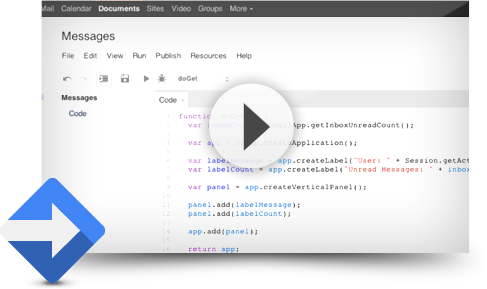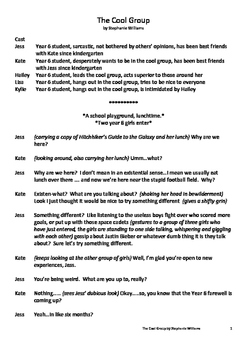
Single-camera comedies such as Modern Family, The Office and It’s Always Sunny in Philadelphia use a variation on the screenplay format discussed above. Shows shot in front of a live audience using multiple cameras such as The Big Bang Theory, Seinfeld, The Conners and Mom use a sitcom-style teleplay format. It is similar to a screenplay but contains a few different components. If you are writing a big budget superhero movie, the sky is the limit! What is a teleplay?Ī teleplay is the format of script used for television shows. If you are writing a low-budget horror movie, it is wise to keep the story contained and the special effects to a minimum. It is good to keep in mind a budget when writing and also understand what genre your screenplay falls into. With a screenplay for a feature film there are rarely any limits to what you can write. One page of a screenplay equates to roughly one minute of screen time. Screenplays usually run between 80 and 120 pages (sometimes longer), and contain Scene Headings, Characters, Dialogue and Action.


Filmmaking is a collaborative process, and while it all starts with the written word, the script is more like a jumping off point rather than a document set in stone, such as a novel. It helps to think of your screenplay as a fluid document that will have input from many different places. The screenplay may even change during filming as actors improvise and directors revise scenes based on their production schedule.
Play scripts on line movie#
It’s basically a blueprint for a movie and goes through many different drafts and changes before it reaches the screen. DIFFERENT TYPES OF SCRIPTS What is a screenplay?Ī screenplay is the document format typically used when writing a feature film. Before you start writing you need to figure out which medium best suits your story, which will then dictate which script format you should use. A stage play is very dialogue driven and action scenes are confined to what is possible on the stage.
Play scripts on line tv#
TV shows usually have more characters and a narrative that can stretch on for multiple episodes, spanning an entire series. Feature films tend to be time-contained stories with a handful of main characters that fit into a definable genre. When a story comes to you the first thing you need to assess is which medium it is best suited for. Wait – don’t you mean a TV show? Or maybe it’s perfect for the stage. This principle applies to other types of works that appear in written form and also are performed, like screenplays and films as well as musical compositions and performances.So you have a great idea for a movie. In the Tiny Plays production, Tania Milena delivers these lines in an anguished whisper.įor in-text references, cite the script by the author’s last name and cite the performance by the performance name, in accordance with the works-cited-list entries. In the closing scene of “Ramona’s Umbrella,” Marino has Ramona confess to her boyfriend that she’s lost the umbrella (45). If you refer to both the script and the performance in your writing, be sure to distinguish them in context. 2017, Second Street Theater, Sacramento, CA. “Ramona’s Umbrella.” By Alex Marino, directed by Jeannine Overstreet, performance by Tania Milena, Tiny Plays Production Company, 17 Aug.

If you see the play on more than one date, you’re effectively seeing different versions of the work thus, a new entry is required: “Ramona’s Umbrella.” By Alex Marino, directed by Jeannine Overstreet, performance by Tania Milena, Tiny Plays Production Company, 15 Aug. To cite a performance of the same work, start with the title and then follow the template of core elements to list the other contributors (author, director, performers), the publisher (the production company), the date of the performance, and the location of the performance: You may use the optional-element slot at the end of the entry to provide supplemental information about the work: Unpublished ScriptĪlthough the title of a published play is styled with italics, use quotation marks to indicate that a work is unpublished. Apply the MLA format template to the work to create your works-cited-list entry. The script of a play and each performance of it are different works and should be cited separately. For up-to-date guidance, see the ninth edition of the MLA Handbook. Note: This post relates to content in the eighth edition of the MLA Handbook.


 0 kommentar(er)
0 kommentar(er)
